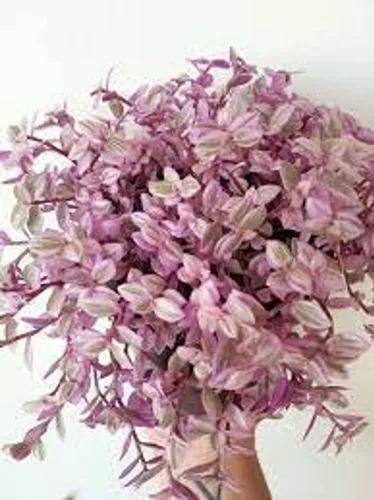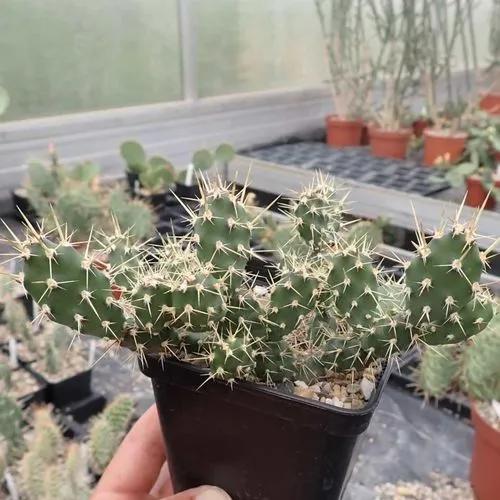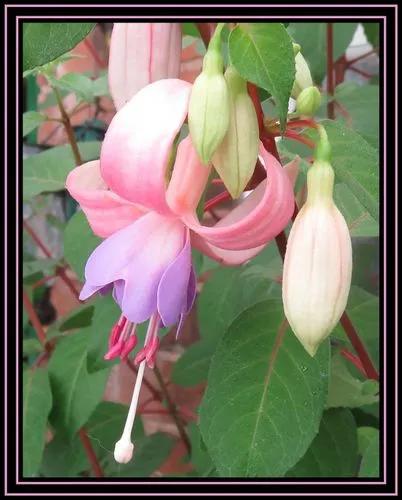In the North, we tend to think of bromeliads as somewhat rare and exotic. In Brazil, this one grows on trees. The most notable feature of Quesnelia marmorata, or Grecian urn, is its foliage. The tall, narrow leaves have mottled horizontal bands of green and white and curve outwards gracefully at the top, like the lip of a vase. The bloom, though short-lived, is lovely, with pinkish maroon bracts that open to reveal lavender-blue flowers.
Grecian Urn Plant Care
Quesnelia Marmorata



How to Care for the Plant

Water

It enjoys constant moisture from rain or sprinkler. In dry and hot climate, humidity can be increased with nebulisations utilizing water at room temperature and not calcareous. In summer, some distilled water can be left in the central cavity formed by the rosette of leaves, renewing it frequently to avoid the formation of a mosquito larvae nest, whilst in winter it is better to leave it dry, thus avoiding possible rottenness. Requires complete and perfect drainage.

Pruning

Remove old leaves from plant base and dead flower spikes only. Remove older plant crown when it begins to fade.

Fertilizer

Apply mild solutions (one-quartet strength) of foliar fertilizer at 3-month intervals to both garden and container plants.

Sunlight

It requires a well-drained, aerated, porous and moisture-retentive substratum which is rich of organic substance, but it does not grow its best in soil; best results are obtained when it grown epiphytically and roots are covered with moss or coarse crushed tree fern fibre encased in a container or wired to the surfaces of boulders, rough bark, rock walls, or tree branches. Root rot can be a problem if the soil is too moist.

Soil

It requires a well-drained, aerated, porous and moisture-retentive substratum which is rich of organic substance, but it does not grow its best in soil; best results are obtained when it grown epiphytically and roots are covered with moss or coarse crushed tree fern fibre encased in a container or wired to the surfaces of boulders, rough bark, rock walls, or tree branches. Root rot can be a problem if the soil is too moist.

Temperature

It is cultivated in open air in the tropical and humid subtropical climate countries, with temperatures which it is good to keep over the 14°C, best 20-24°C , but can withstand light frost for short periods if very dry (hardy down to -2 to -6º C, even if with damage to the foliage) in these situations it will better resist if sheltered by the winter rains, seen that the humidity and low temperatures render it more sensitive to rottenness.

Popularity

5 people already have this plant 9 people have added this plant to their wishlists
Discover more plants with the list below
Popular articles






